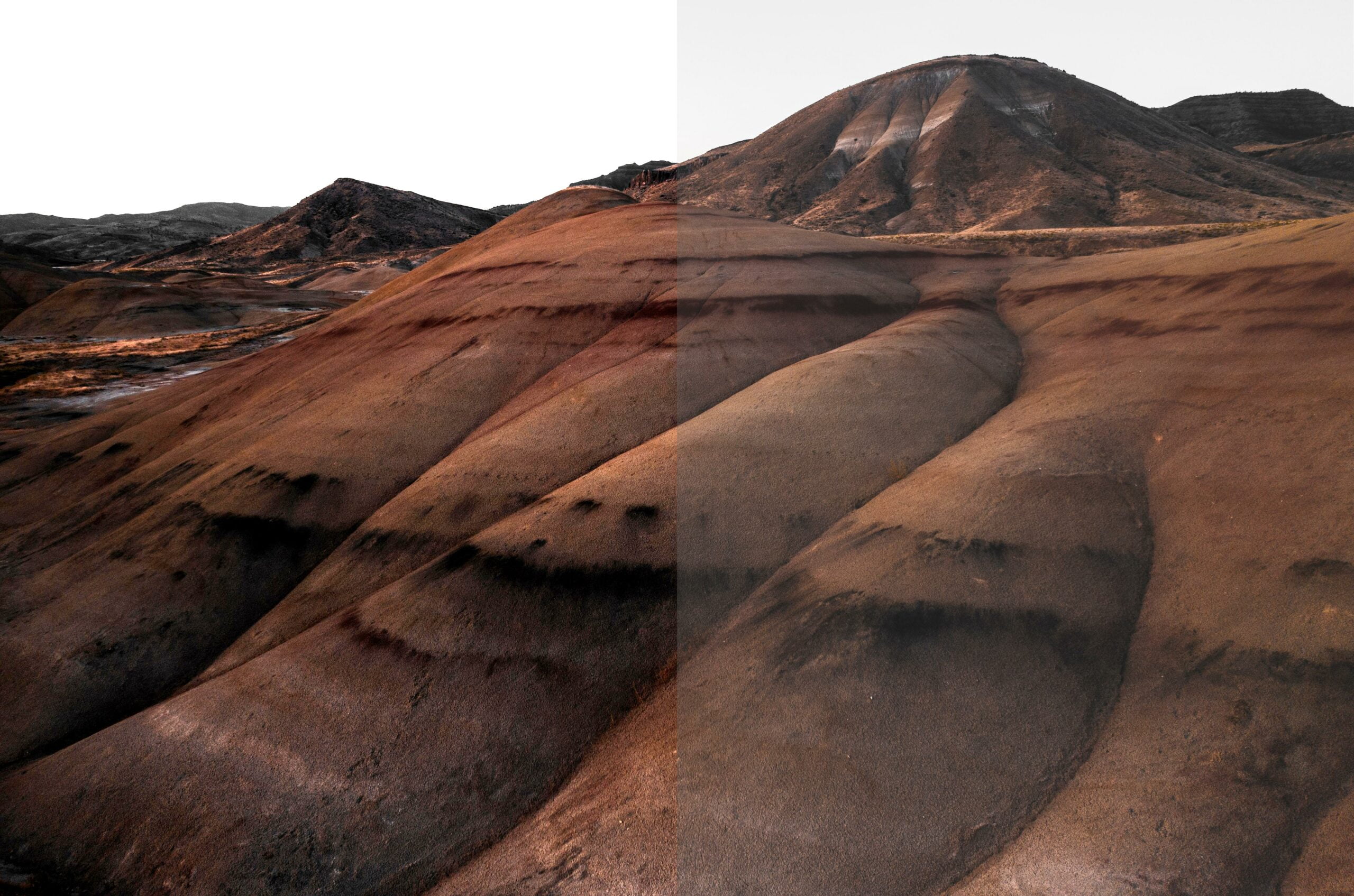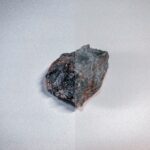Are you ready to embark on an extraordinary journey through time? Brace yourself for a captivating exploration into the world of fossil preservation methods as we uncover the secrets of ancient relics that have withstood the test of millennia. Get ready to delve into the art of fossil preservation, where science meets craftsmanship in a mesmerizing dance of delicate techniques. In this article, we will unveil the hidden treasures of the past, showcasing the meticulous processes employed by seasoned paleontologists to preserve and decode the invaluable remnants of prehistoric life. Join us as we unravel the mysteries of fossil preservation methods and unveil the remarkable world that lies beneath the surface.
Fossil Preservation Methods
As a seasoned paleontologist, I have dedicated my career to unraveling the mysteries of the past. One of the most fascinating aspects of my work lies in the preservation of fossils. These ancient remains and traces of organisms provide invaluable insights into our planet’s history. In this article, I will unveil the techniques behind the art of fossil preservation, shedding light on the methods that allow us to study and understand these remarkable specimens.
Unveiling the Secrets of Fossil Preservation
Permineralization is one of the most common forms of fossil preservation. It occurs when minerals seep into the tiny spaces within an organism’s tissues, gradually replacing the organic matter with minerals. Over time, the original structure is preserved, creating a fossil that provides valuable information about the organism’s anatomy and composition.
Burial is another key preservation method. When an organism is rapidly buried under sediment, it is shielded from the destructive actions of scavengers and natural elements. The layers of sediment act as a protective shell, preserving the organic remains and preventing decomposition.
Molds and casts also have a crucial role in fossil preservation. When an organism’s remains decompose or dissolve, they can leave behind an impression in the surrounding sediment. This impression, known as a mold, is a negative replica of the organism. If this mold gets filled with sediment or minerals, it forms a cast, which is a positive replica of the original organism. Molds and casts help us understand the shape and structure of organisms that are no longer present.
Diving into the Preservation Techniques
To fully appreciate the art of fossil preservation, we must explore the various techniques utilized by paleontologists.
Carbonization is a preservation method that occurs when an organism’s remains leave behind a thin layer of carbon residue. This layer creates a darkened imprint on the surrounding sediment, revealing the organism’s shape and structure. It is like creating a charcoal sketch of the past, capturing the essence of the ancient life.
Petrifaction involves the replacement of organic matter with minerals, transforming the soft tissues into stone. This process occurs gradually, as minerals replace the original substances in the organism’s cells. The result is a fossil that retains the intricate details of the organism’s structure, frozen in time for us to study.
Recrystallization is another fascinating preservation method. During this process, small crystals form inside the shells of marine organisms. Over time, these crystals replace the original shell material, producing intricate patterns and structures within the fossil. It’s as if nature itself becomes an artist, crafting delicate masterpieces through the passage of time.
Replacement is a preservation technique where the atomic composition of the original organism is gradually replaced, cell by cell. This process can result in remarkable fossils that retain the external structure and even internal details of the organism. It’s like a shape-shifting phenomenon, where the fossil takes on a new identity while preserving the memories of its past.
The Intricate Process of Fossil Preparation
Fossil preparation is a complex set of tasks that ensure the ancient remains and traces of organisms can be studied and preserved for generations to come. It involves a delicate balance between excavation, revealing, conserving, and replicating these precious artifacts.
Excavating a fossil requires patience, precision, and a keen eye. Carefully removing surrounding sediment without damaging the fragile remains is a challenging process. It’s like peeling back the layers of time, inch by inch, to reveal the hidden secrets within.
Revealing the fossil’s structure involves meticulous cleaning and removal of any remaining sediment or debris. This delicate process requires the use of specialized tools and techniques, ensuring that the fossil is preserved in its most pristine form. It’s like uncovering a hidden treasure, exposing the beauty that lies beneath the surface.
Conserving fossils is vital to their long-term preservation. Various methods, such as stabilization, consolidation, and protection, are employed to prevent deterioration and maintain their integrity. It’s like encapsulating a piece of history, safeguarding it from the ravages of time.
Replicating fossils allows us to study and share their incredible details without risking damage to the original specimens. Through casting and molding techniques, accurate replicas can be created, allowing researchers and enthusiasts worldwide to experience the wonder of fossilized life. It’s like giving the fossils a new lease on life, allowing them to inspire and educate future generations.
The Kaleidoscope of Preservation Methods
In our journey through the art of fossil preservation, we encounter a diverse array of methods and techniques. From the preservation of unaltered soft or hard parts to intricate processes like recrystallization and replacement, every technique adds a unique piece to the puzzle of our planet’s history.
Compression is a preservation method where fossils are flattened but still manage to retain the shape of the original organism. It’s like pressing a delicate flower between the pages of a book, capturing a snapshot frozen in time.
Indirect preservation involves leaving an impression of the organic matter without altering its chemical composition. This method creates a window into the past, allowing us to study the intricate details of ancient life forms.
Cellular permineralization, acid maceration, and capturing entire organisms in sediment are additional modes of preservation that add further complexity to the kaleidoscope. Each technique holds its own secrets, waiting to be uncovered and shared.
The preservation methods used in fossilization are like brushstrokes on a canvas, each contributing to the masterpiece of our planet’s history.
With every new discovery, our understanding of ancient life deepens, enriching our knowledge of the world that came before us. The art of fossil preservation keeps the flame of curiosity alive, allowing us to marvel at the wonders of the past and inspire future generations to explore and unravel the mysteries that lie beneath our feet.
Here is an active internal link with the anchor text “Facts About Fossils For Year 3”:
Click here to explore fascinating facts about fossils for Year 3
Fossils have always been a source of wonder and curiosity for young minds. They provide a glimpse into the ancient world, allowing us to uncover the secrets of prehistoric life. If you’re a Year 3 student eager to delve into the enchanting realm of fossils, then you’re in for a treat. Our collection of remarkable facts about fossils for Year 3 is sure to captivate your imagination. From how these remnants of the past are formed to the fascinating creatures they once belonged to, there’s so much to discover. So don’t miss out on this incredible opportunity. Click here to embark on an adventure through time and uncover the mysteries of fossils firsthand.
Remember, the keyword “Facts About Fossils For Year 3” is hyperlinked to the URL “../facts-about-fossils-for-year-3” using Hugo syntax.
FAQ
Question: What are the different types of fossil preservation methods?
Answer: Fossils can be preserved through various methods, including freezing, permineralization, burial, molds and casts, carbonization, petrifaction, recrystallization, and replacement. Each method offers unique insights into the ancient specimens and their environments.
Question: What is permineralization and how does it contribute to fossil preservation?
Answer: Permineralization is the most common type of fossil preservation. It occurs when minerals fill in the pores or replace the organic material of an organism over time. This process helps to preserve the structure and shape of the organism, providing valuable information for paleontologists.
Question: What role do molds and casts play in fossil preservation?
Answer: Molds and casts are important in the preservation of fossils. When an organism is buried in sediment, it can leave an impression or mold behind. Over time, this mold can be filled with minerals to form a cast, creating a replica of the organism’s shape.
Question: How are fossils preserved through indirect methods?
Answer: Indirect preservation of fossils involves leaving an impression of the organic matter without changing its chemical composition. This can include impressions of leaves or footprints, providing evidence of ancient life even without the actual remains.
Question: What are the main methods of preserving fossils?
Answer: Fossils can be preserved through unaltered soft or hard parts, altered hard parts, and trace fossils. Unaltered soft or hard parts include the preservation of original tissues or shells. Altered hard parts involve changes to the structure through mineral replacement or recrystallization. Trace fossils are impressions or traces left behind by organisms, such as footprints or burrows.
- Jerry McSorley’s Post-Divorce Life: New Beginnings - July 16, 2025
- The Rise and Fall of the New Haven Nighthawks: A Minor League Hockey Legacy - July 16, 2025
- Unlock Jerry McSorley’s Career Highlights: Eye Tax Inc.’s Solar Success - July 16, 2025
















